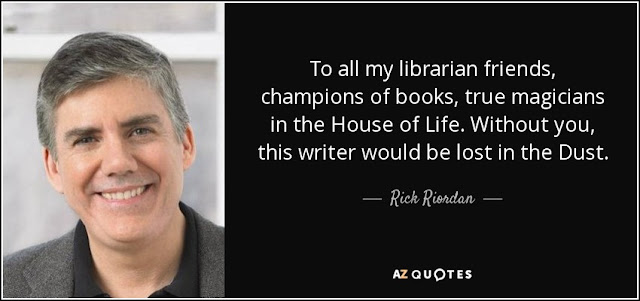December 20, 2016
by Magdalena Kegel
The
discovery of a new type of immune cell in the membranes covering the brain is
likely to advance understanding of the immune system’s impact on the brain, a
study says. It could also lead to new treatments for multiple sclerosis (MS)
and other neurodegenerative diseases.
Researchers
knew the immune cell existed in organs that create barriers between our body
and the outside world, such as the skin, gut, and lungs. The cells’ discovery
in the brain is not only surprising, but also suggests the cells may play a
role in communications between the microbes that inhabit other parts of our
bodies and the brain.
The
study, “Characterization of meningeal type 2 innate lymphocytes and their
response to CNS injury,” was published in the Journal of Experimental Medicine.
It is
the second time in a year that the research team at the University of Virginia
(UVA) School of Medicine has stepped into the spotlight. Last year, they
discovered that the brain is lined with lymph vessels that scientists did not
think existed there. The finding suggested that lymph vessels were a route for
immune cells to move into the brain.
As the
researchers did additional lymph-vessel studies, they discovered a new type of
cell known as a type 2 innate lymphocyte. The cells were not in the lymph
vessels, as one might imagine, but on the outside, surrounding the vessels.
In
mouse experiments, the team found that the cells become activated after a
spinal cord injury. When they added the cells to the brains of mice which
lacked a factor crucial to the cells’ activation, they noticed improvement in
recovery from a spinal-cord injury.
“This
all comes down to immune system and brain interaction,” Jonathan Kipnis,
chairman of UVA’s Department of Neuroscience and director of its Center for
Brain Immunology and Glia, said in a press release.
“The
two were believed to be completely not communicating, but now we’re slowly,
slowly filling in this puzzle,” added Kipnis, the study’s senior investigator.
“Not only are these [immune] cells present in the areas near the brain, they
are integral to its function. When the brain is injured, when the spinal cord
is injured, without them, the recovery is much, much worse.”
The
team believes the cells do a lot more than just aiding in spinal-cord repair.
Since the same type of cell is also found in the gut, they think the cells
could be crucial to gut-brain communication. Several other studies have noted
the importance of gut microbes to brain health.
“These
cells are potentially the mediator between the gut and the brain,” Kipnis said.
“They are the main responder to microbiota changes in the gut. They may go from
the gut to the brain, or they may just produce something that will impact those
cells. But you see them in the gut and now you see them also in the brain.”
He added:
“We know the brain responds to things happening in the gut. Is it logical that
these will be the cells that connect the two? Potentially. We don’t know that,
but it very well could be.”
Although
a lot more research needs to be done to understand what the cells do in the
meninges, or brain membranes, the team is convinced they are involved in a
range of neurological conditions.
“The
long-term goal of this would be developing drugs for targeting these cells,”
said Sachin Gadani, lead author of the study. “I think it could be highly
efficacious in migraine, multiple sclerosis and possibly other conditions.”
In
support of Multiple Sclerosis (MS) research:
Never
give up!










